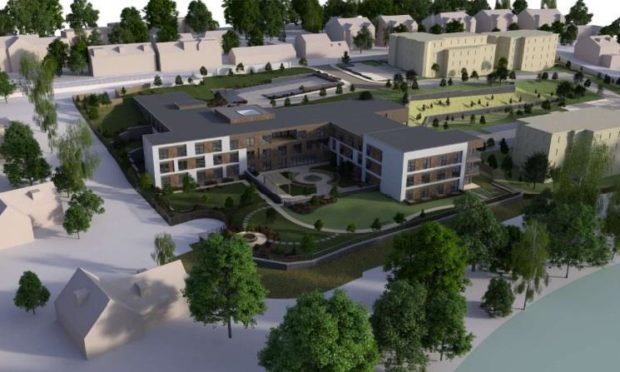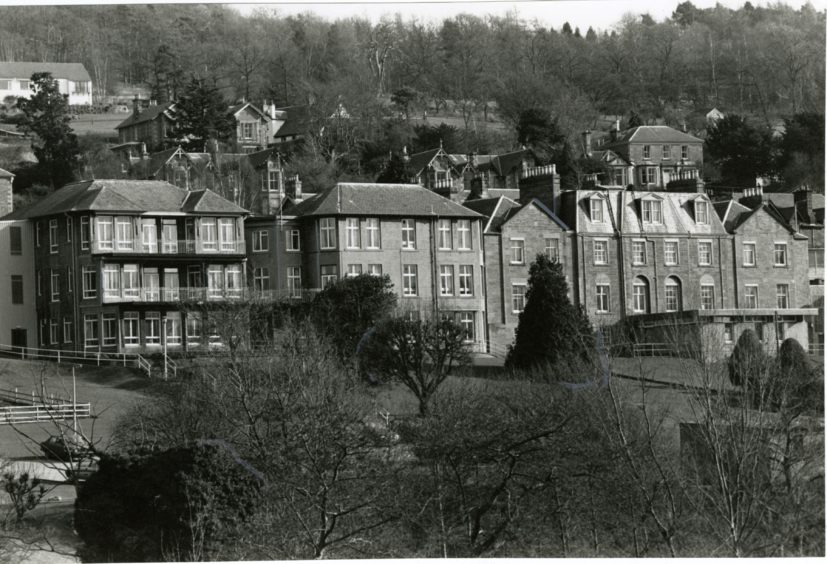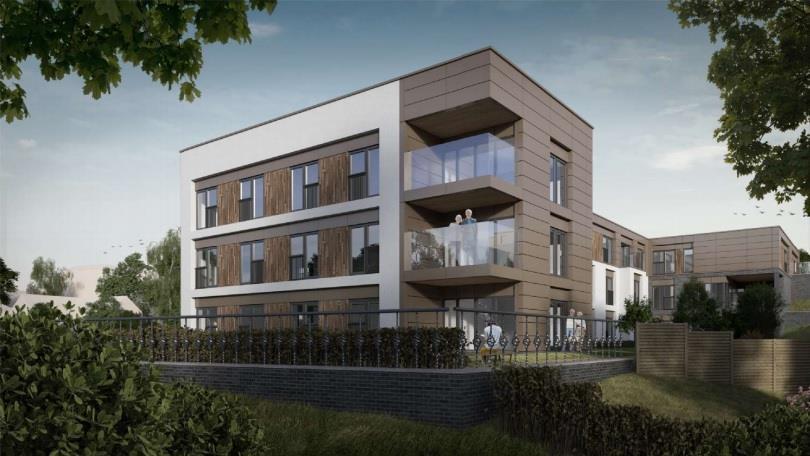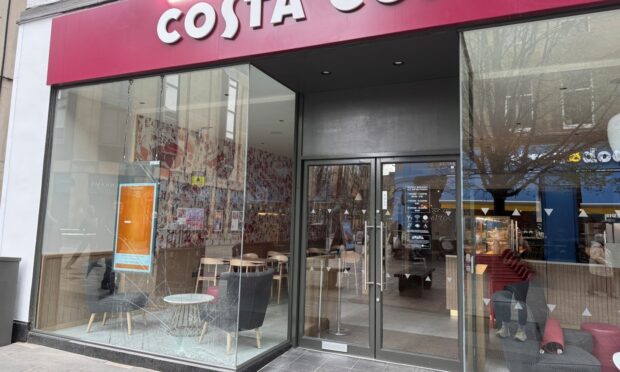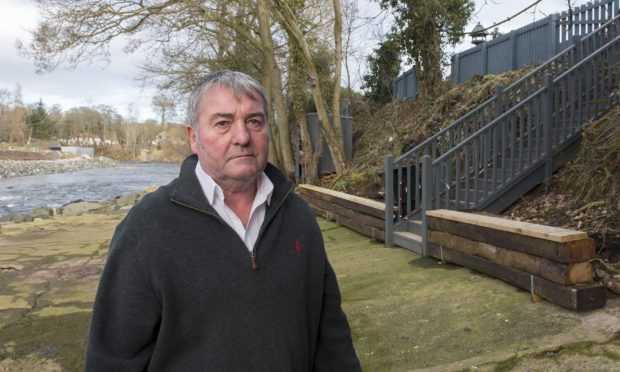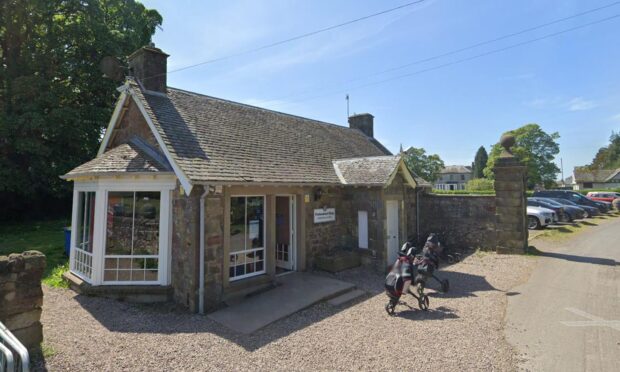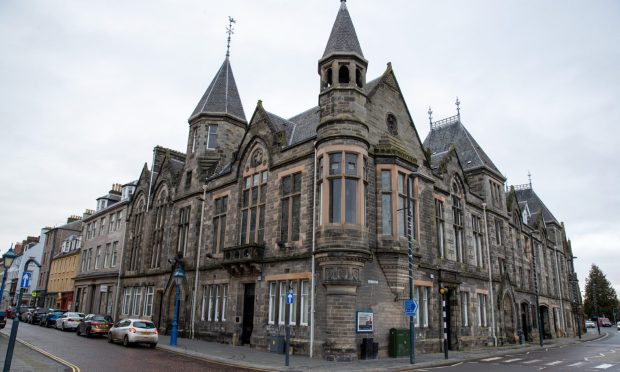Revived plans to build an £8 million care home on the site of an abandoned Perth hospital could create more than 100 new jobs.
Developers want to create a 77-bed facility on a sought-after riverside site on the edge of the city centre.
The Dundee Road location was previously home to the NHS-run Hillside Hospital, before it was closed down in 1997.
Since then there have been several attempts to reuse the land, including a failed plan to build a hotel and nursing home in 2001.
Now central belt-based firm Westwood Ltd has tabled proposals for a three-storey care home which they say will meet the needs of the area’s growing elderly population.
If approved, the development could create around 109 jobs and pump nearly £2 million into the economy each year.
A spokesman for the firm said: “It is estimated that the economic effects of re-development would benefit the local area.
“The ability to increase local spend levels to support new and existing local companies would help broaden the economic base.”
He added: “Development will bring forward a high-quality development and an injection into the local tax base as well as a range of additional business and training opportunities for the population.”
A previous masterplan for the site was put forward by Edinburgh-based Melford Developments in 2018.
At the time, the company had proposed a 60-bed home, alongside 46 retirement flats and cottages.
In paperwork lodged on behalf of Westwood, agents note that the principal of a care home development was “generally accepted” during public consultations.
However, locals raised concerns that the new building would add to traffic and create congestion.
Developers say a new access point off Dundee Road and a 24-space car park, would help alleviate traffic issues.
Hillside Hospital was flattened shortly after another firm, Lorimer Homes, was granted consent to build five blocks of flats, a nursing home and two blocks of care units.
But the site went back on the market after the company went bust.
The hospital was founded in 1876 to accommodate “incurables” and in 1888 the facility was used for patients suffering from consumption.
